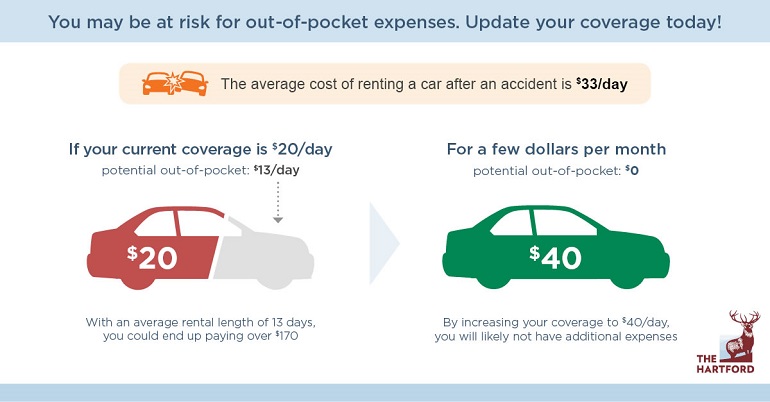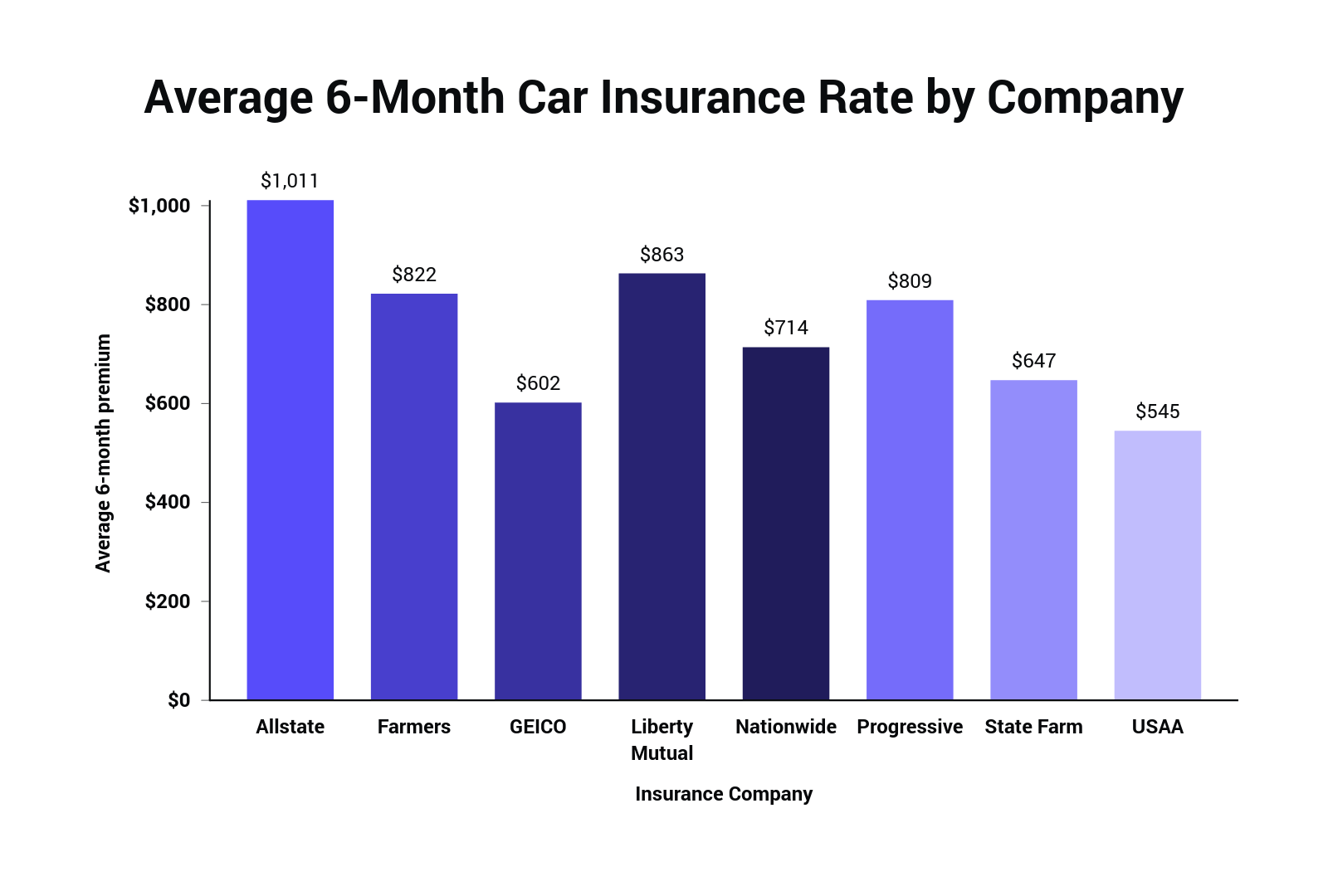In some policies the money value might build gradually over several years, so don't depend on having access to a great deal of cash worth right now. Your policy illustration will show the predicted money worth. There are several ranges of irreversible life insurance coverage: uses a fixed death advantage and money worth element that grows Discover more here at an ensured rate of return. See the main post for a full explanation of the various functions and variations. Some policies pay for the policyholder a share of the earnings of the insurance coverage companythese are described with-profits policies. Other policies provide no rights to a share of the profits of the companythese are non-profit policies. With-profits policies are utilized as a type of cumulative financial investment plan to achieve capital development.
According to the section 80C of the Earnings Tax Act, 1961 (of Indian penal code) premiums paid towards a legitimate life insurance coverage policy can be excused from the gross income. In addition to life insurance premium, section 80C allows exemption for other financial instruments such as Staff member Provident Fund (EPF), Public Provident Fund (PPF), Equity Linked Savings Plan (ELSS), National Cost Savings Certificate (NSC), health insurance coverage premium are some of them.
The exemptions are eligible for individuals (Indian residents) or Hindu Undivided Household (HUF). Apart from tax benefit under section 80C, in India, a policy holder is entitled for a tax exemption on the death advantage received. The received quantity is totally exempt from Income Tax under Section 10( 10D). Where the life insurance is supplied through a superannuation fund, contributions made to money insurance premiums are tax deductible for self-employed individuals and considerably self-employed individuals and companies.
For insurance coverage through a superannuation fund, the yearly deductible contributions to the superannuation funds go through age limitations. These limitations apply to companies making deductible contributions. They likewise use to self-employed persons and significantly self-employed individuals. Included in these total limits are insurance premiums. This suggests that no additional deductible contributions can be made for the financing of insurance coverage premiums.
For additional information on deductible contributions see "under what conditions can an employer claim a reduction for contributions made on behalf of https://www.globenewswire.com/news-release/2020/06/25/2053601/0/en/Wesley-Financial-Group-Announces-New-College-Scholarship-Program.html their employees?" and "what is the meaning of substantially self-employed?" - how can health insurance status be affected by women's different stages of life?. The insurance coverage premium paid by the superannuation fund can be declared by the fund as a deduction to lower the 15% tax on contributions and revenues.
How Much Life Insurance Do I Really Need Things To Know Before You Buy
Premiums paid by a policyholder are not deductible from gross income, although premiums paid via an authorized pension fund signed up in regards to the Income Tax Act are permitted to be deducted from individual earnings tax (whether these premiums are nominally being paid by the employer or worker). The advantages developing from life guarantee policies are typically not taxable as earnings to beneficiaries (again in the case of approved benefits, these fall under retirement or withdrawal taxation guidelines from SARS).
Premiums paid by the policy owner are typically not deductible for federal and state income tax functions, and proceeds paid by the insurer upon the death of the insured are not consisted of in gross earnings for federal and state earnings tax functions. However, if the profits are included in the "estate" of the deceased, it is likely they will undergo federal and state estate and inheritance tax.
For this factor, insurance coverage policies can be a legal and legitimate tax shelter wherein savings can increase without taxation up until the owner withdraws the cash from the policy. In flexible-premium policies, large deposits of premium could trigger the contract to be considered a customized endowment contract by the Irs (IRS), which negates a lot of the tax advantages connected with life insurance.
The tax ramifications of life insurance coverage are intricate. The policy owner would be well recommended to carefully consider them. As constantly, both the United States Congress and state legislatures can change the tax laws at any time. In 2018, a fiduciary basic rule on retirement products by the United States Department of Labor postured a possible risk.
Non-investment life policies do not generally draw in either earnings tax or capital gains tax on a claim. If the policy has as financial investment element such as an endowment policy, whole of life policy or an investment bond then the tax treatment is identified by the certifying status of the policy.
See This Report on What Is Life Insurance Used For
Basically, long term agreements (10+ years) tend to be qualifying policies and the earnings are devoid of earnings tax and capital gains tax. Single premium contracts and those running for a short-term are subject to income tax relying on the minimal rate in the year a gain is made.
Therefore, a policyholder who is a higher-rate taxpayer (40% in 2005-06), or turns into one through the deal, must pay tax on the gain at the difference between the higher and the lower rate. This gain is decreased by using a computation called top-slicing based upon the number of years the policy has been held.
One function which particularly favors investment bonds is the "5% cumulative allowance" the ability to draw 5% of the initial investment quantity each policy year without being subject to any taxation on the quantity withdrawn (how to find a life insurance policy exists). If not utilized in one year, the 5% allowance can roll over into future years, subject to a maximum tax-deferred withdrawal of 100% of the premiums payable.


This is a specifically helpful tax preparation tool for higher rate taxpayers who expect to become basic rate taxpayers at some predictable point in the future, as at this moment the deferred tax liability will not result in tax being due. The profits of a life policy will be consisted of in the estate for death duty (in the UK, estate tax) functions.
Trust law and tax of trusts can be complicated, so any specific intending to utilize trusts for tax planning would normally look for expert guidance from an independent monetary consultant and/or a lawyer. Although offered before April 2006, from this date pension term assurance became widely available in the UK. A lot of UK insurance providers embraced the name "life insurance with tax relief" for the product.
Not known Factual Statements About How Many Life Insurance Policies Can You Have
All premiums are paid at an internet of standard rate tax at 22%, and higher-rate tax payers can acquire an additional 18% tax relief by means of their tax return. Although not appropriate for all, PTA briefly turned into one of the most common kinds of life guarantee offered in the UK until, Chancellor Gordon Brown announced the withdrawal of the scheme in his pre-budget announcement on 6 December 2006.